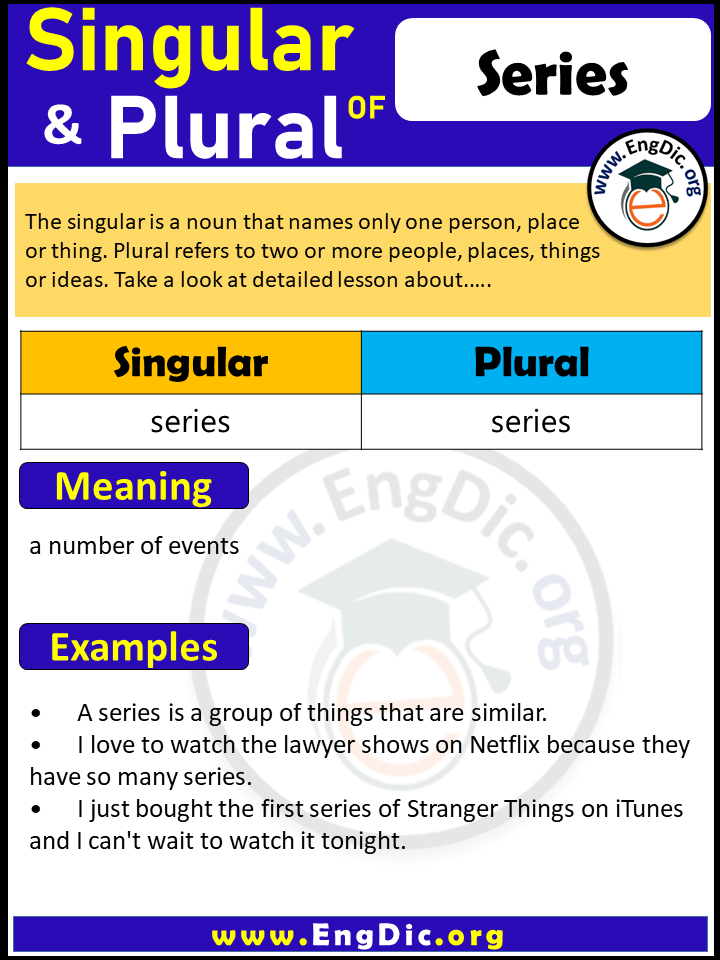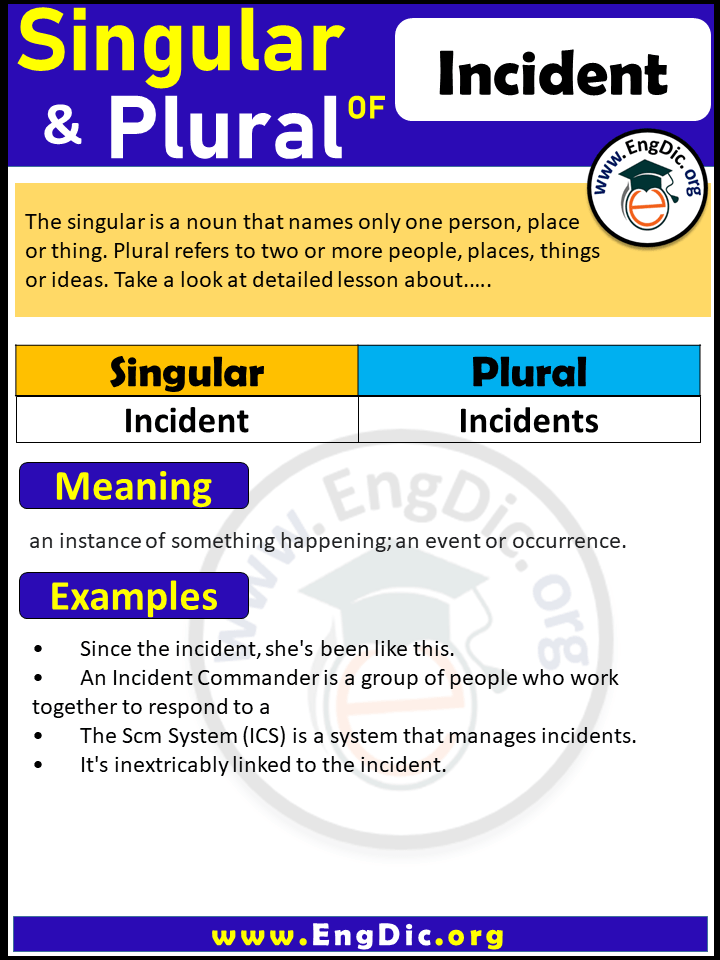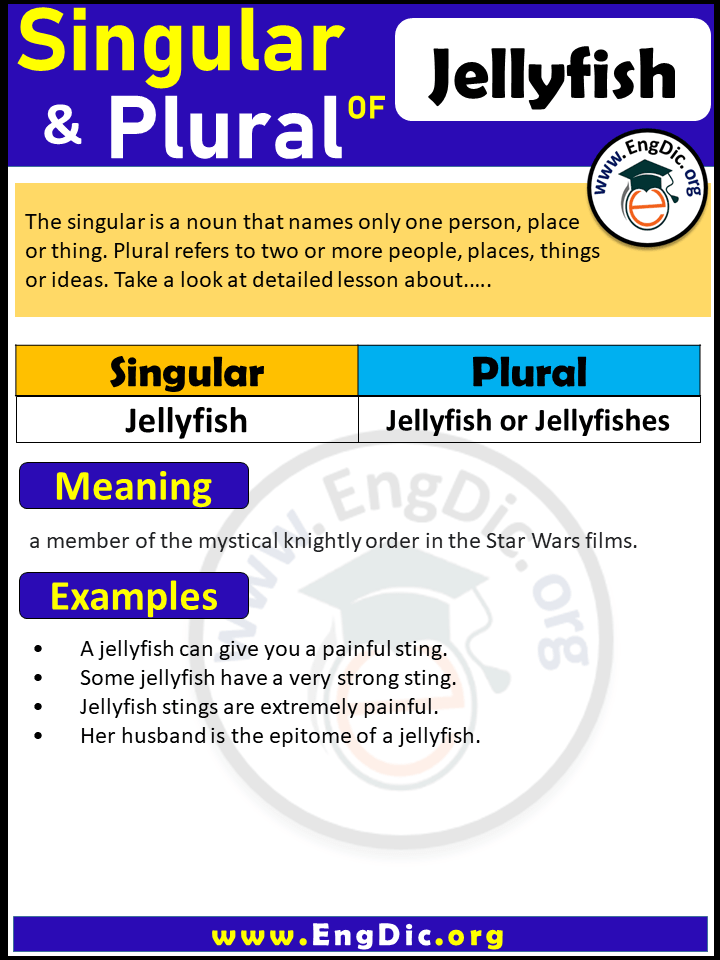Meaning: a character representing one or more of the sounds used in speech.
Plural of Letter
| Singular | Plural |
| Letter | Letters |
Letter as a Singular Noun in Example Sentences:
- She received a heartfelt love letter from her partner.
- He sent a formal business letter to the client.
- The postman delivered an important letter.
- The writer composed a personal apology letter.
- The child wrote a persuasive persuasive letter for class.
- The lawyer drafted a legal demand letter.
- She sealed the confidential letter in an envelope.
- The soldier received a morale-boosting letter from home.
- The teacher graded the students’ persuasive letter
- The editor proofread the author’s final letter.
Letter as a Plural Noun in Example Sentences:
- She received heartfelt love letters from her admirers.
- He sent formal business letters to all the clients.
- The postman delivered a stack of important letters.
- The writers composed personal apology letters.
- The children wrote persuasive persuasive letters for class.
- The lawyers drafted legal demand letters for their clients.
- She sealed the confidential letters in individual envelopes.
- The soldiers received morale-boosting letters from home.
- The teachers graded the students’ persuasive letters.
Singular Possessive of Letter
The singular possessive form of “Letter” is “Letter’s”.
Examples of Singular Possessive Form of Letter:
- The contents of the envelope were letter’s secret.
- The signature at the end was letter’s name.
- The sender’s address was on letter’s top right corner.
- The message conveyed in letter’s words was heartfelt.
- The tone of the letter reflected letter’s emotions.
- The handwriting on letter’s pages was elegant.
- The response to the invitation was in letter’s mail.
- The letterhead displayed letter’s company logo.
- The recipient cherished letter’s thoughtful words.
- The stamps affixed to letter’s envelope were rare.
Plural Possessive of Letter
The plural possessive form of “Letter” is “Letters'”.
Examples of Plural Possessive Form of Letter:
- The letters’ addresses were handwritten carefully.
- The emotions expressed in the letters’ content were diverse.
- The dates on the letters’ envelopes varied.
- The paragraphs in the letters’ body were well-structured.
- The signatures at the bottom of the letters’ pages were authentic.
- The opening lines of the letters’ greetings were friendly.
- The subjects of the letters’ were related to current events.
- The replies to the letters’ inquiries were prompt.
- The recipients of the letters’ responses were satisfied.
- The attachments included with the letters’ were important.






